Today I went to Tremanskärr, walking through the marsh and checking how autumn looks like at the Kurkijärvi lake. Fine day for such a walk, with clouds that kept the temperature at a nice cool level around noon.
I'm reading Peter Watson's book Light in the Landscape - A Photographer's Year (Guild of Master Craftsman Publications, 2001). This book contains marvellous landscape photographs of Britain, taken with a large-format camera, Tachihara 5 x 4in, using Fuji Provia (or Velvia etc.) film.
Watson tells about landscape photography, and about working with such a camera, which seems challenging but rewarding. This is very different to the way how I work, trying to react instinctively, without thinking, using the Panasonic LX5 camera which allows such use.
Large format requires a sturdy tripod, and the exposure is often about one second (1/4 to 2 seconds seem to be typical to Watson), using aperture f/22.5...f/45. It is quite a feat to take a photograph with such equipment, but the results are fine.
However, I started to compare Watson's photographs with those in the book Jewels of the Fells (Metsäkustannus, 2010) by Pekka Luukkola. I mentioned this book here earlier.
The landscape photographs of Lapland captured by Luukkola are - in my opinion - of even higher quality that Watson's. That doesn't mean that Watson's book is not good - it is of fine quality indeed - but not quite at the level which Luukkola has achieved. Maybe the subject matter has an effect on the results as well.
On page 28 Watson writes: "You're not trying to capture reality; your objective is to produce a clinically clean, flawless picture." Maybe this motivation makes Watson's photographs, despite the technical excellence, a little bit less admirable than what Luukkola has achieved - he catches reality (an artist's reality, but reality nevertheless).
Watson also includes some close-up pictures in his book and although these are fine, I didn't feel that they were of quite the quality (or had such inspiration) as the landscape photographs with a wider vista. It may be lack of practise, or maybe the large-format camera doesn't suit these subjects as well as landscape at a distance.
Watson offers a lot of practical advice on using a large format camera, such things as tripods, filters, using polaroid, finding the right exposure, and so on. And he also shows several photographs which, even though fine, could have been even better with a slightly different setup, for example a less strong grey grad filter for the sky.
But in the end, what matters is that this is an impressive book, demonstrating the power of a large format film camera, which still has managed to keep up despite the challenge from digital cameras. But I also learned that this kind of camera is not for me, for my style of seeing. I want the convenience of a pocketable camera, it allows me to see how the world looks like in a photograph.
Whatever it was, I’d never know.
16 hours ago
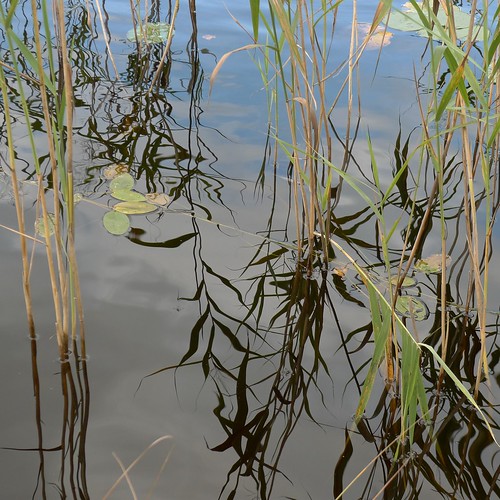

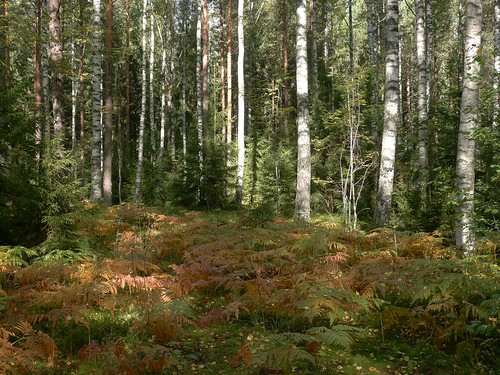
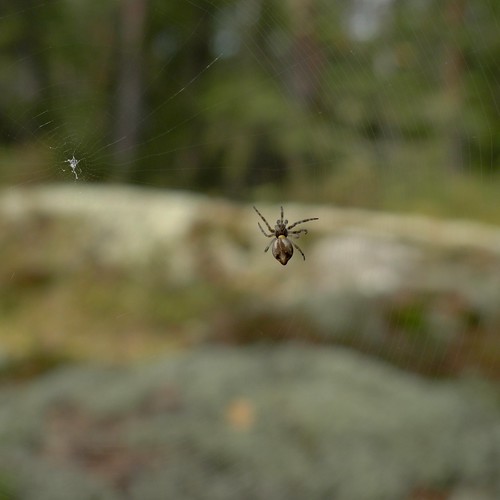
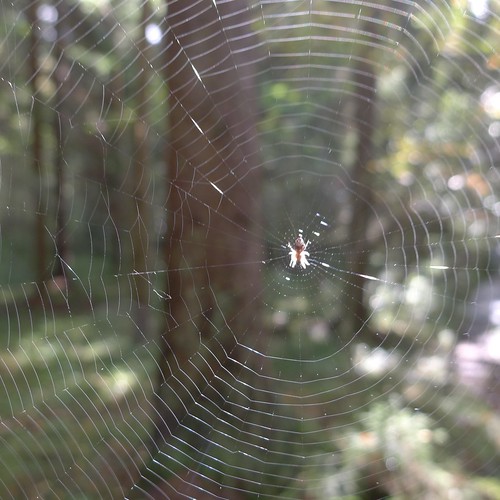
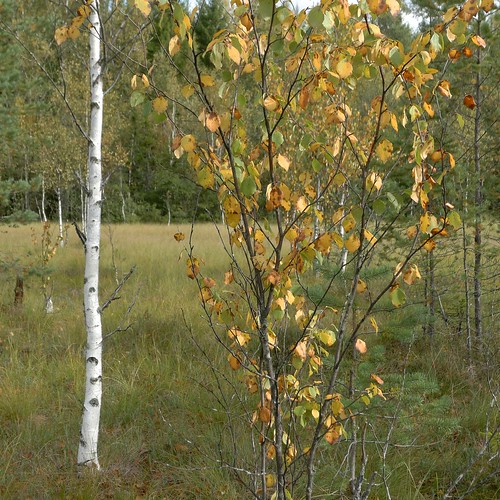
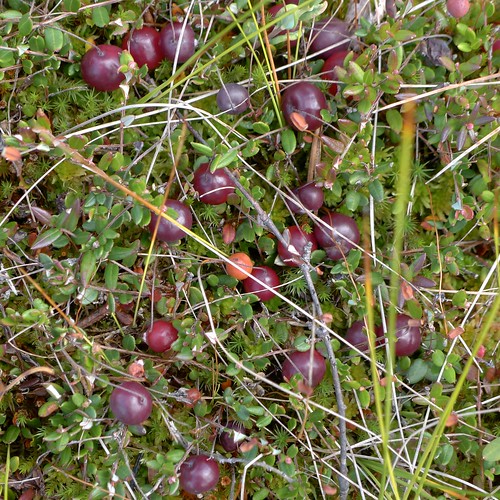




4 comments:
We went to Tremanskärr yesterday for the first time and I'm very happy to have discovered this place through your blog. The ratio of kilometers to drive there to the diversity and beauty of sceneries is just so low that I regret we didn't go earlier. And we didn't even have time to go to the pond, just the forest and the bog.
I guess I will monitor carefully the area when we get more autumn colors...
@Christophe: I do hope we'll get a good show of autumn colors, the first signs are promising.
Did you have a good map of the area. I'm using orienteering maps from Retkikartta.fi. You can find Tremanskärr there by using Place name search. Not all paths are shown, though.
There are several interesting places around Tremanskärr, for example Stavurkärr, but you need to know your way with maps to get there.
No, we didn't use any specific map, just google maps to get a rough idea on where to head for (the bog is actually very easy to spot in satellite view) and the signs on the paths as well. Thanks for the link though, it can be helpful.
And for my culture: any idea why swedish names are used in this area for these two bogs? The good thing is that now I have one more swedish word in my vocabulary (Kärr) on top of the finnish one (Suo). It will be easier to spot the bogs on the go now ;-)
@Christophe: Well, Swedish language was rather common in the region in the old days, but still it is a bit of surprise that the name has stuck to this day. And the naming policy tries to maintain old local names. However, the current population in the region is mostly Finnish-speaking, which can be seen from the newer names of housing regions, suburbs etc.
Post a Comment